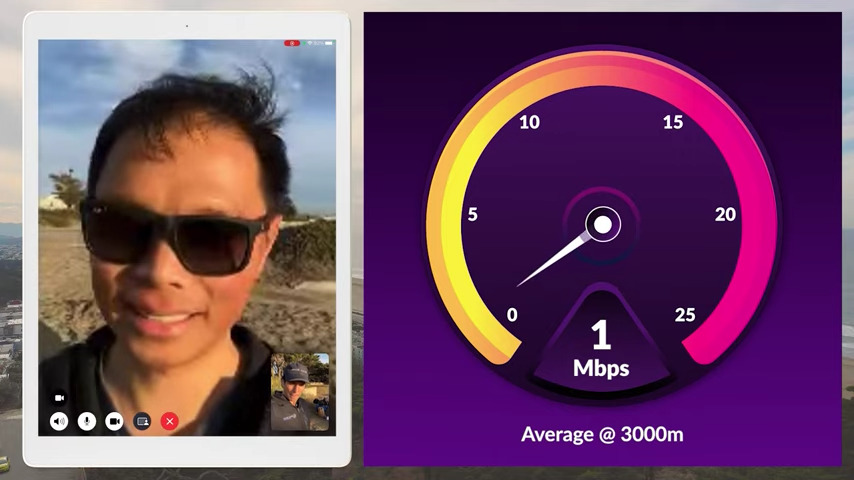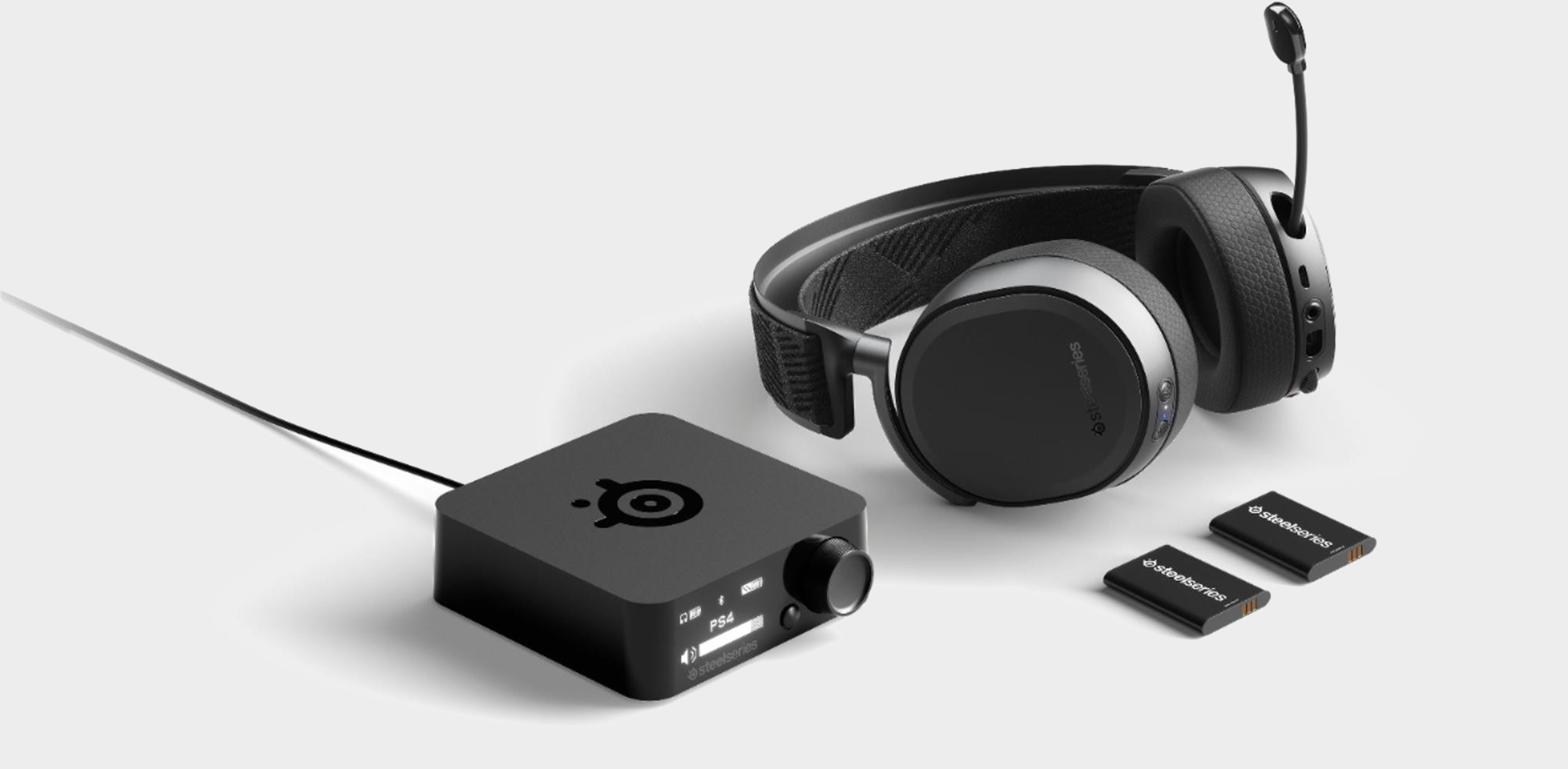City-wide Wi-Fi networks spanning literal miles could soon be possible thanks to 'HaLow' devices
Long range Wi-Fi looks like it might be on its way, with some impressive interference rejection to boot.

Wi-Fi signal strength has always been a temperamental beast. One minute it's a full five bars, yet merely taking a short walk into a different room can cause it to fall to a miserable one bar of stuttering frustration. However, devices using the new "HaLow" 802.11ah standard have just been demonstrated working at an astonishing 1.8 mile range, and next to a busy, interference-filled urban area no less.
Morse Micro, a wireless technology company that's been experimenting with the new standard, has released a video of its latest demonstration showing that a usable wireless signal can be achieved at a gigantic 1.8 mile range (via Tom's Hardware). While the test was performed along a large empty beach in San Francisco, the beachfront itself is packed with signal-interfering buildings, making it a good demonstration of the techs ability to maintain a workable connection amidst the hubbub of competing signal noise in the area.
To test out the connection speeds the team carried out a video call at various distance intervals, measuring the average speed as they went. While the connection speed dropped significantly at longer distances, it still managed a 1Mbps connection at the 1.8 mile (3 kilometre) marker, which was just enough to hold on to a crunchy but just-about-usable live video connection.
The long range 900MHz Wi-Fi HaLow standard was first approved by the Wi-Fi Alliance back in 2016, and was designed for use in smart homes, industrial centres and smart city environments.
Along with increasing the usable range, the standard also hopes to lower the power consumption of long range wireless devices, with increased signal penetration to hopefully allow a more reliable signal when obstructed by walls or nearby objects.
While this demonstration works as a great proof of concept of the technology, there are some limitations when it comes to speed. The announced data rates of the standard were between 150 kbps and 78 Mbps, so it's unlikely that you'd want to use it for an average home connection even at the top end of these potential speeds, at least for anything more than light usage.

Best wireless gaming mouse: ideal cable-free rodents
Best wireless gaming keyboard: no wires, no worries
Best wireless gaming headset: top untethered audio
For home use the Wi-Fi 7 standard looks to be taking the lead, with faster maximum speeds, better handling of multiple device connections and 6GHz band connections, along with a wider 320MHz channel width. The new standard is also designed to lower latency on congested networks, making it more practical for an average modern home and all its many internet connected devices.
The biggest gaming news, reviews and hardware deals
Keep up to date with the most important stories and the best deals, as picked by the PC Gamer team.
Still, I would like to see what the HaLow devices would make of a personal bane of my life, my current kitchen door, which seems capable of blocking every wireless signal I've tried to date.
Come the apocalypse I plan to shelter behind it, as at this point it seems like it's made from a material hitherto unknown to science. Save me, HaLow devices. You may be my only hope.

Andy built his first gaming PC at the tender age of 12, when IDE cables were a thing and high resolution wasn't—and he hasn't stopped since. Now working as a hardware writer for PC Gamer, Andy's been jumping around the world attending product launches and trade shows, all the while reviewing every bit of PC hardware he can get his hands on. You name it, if it's interesting hardware he'll write words about it, with opinions and everything.

